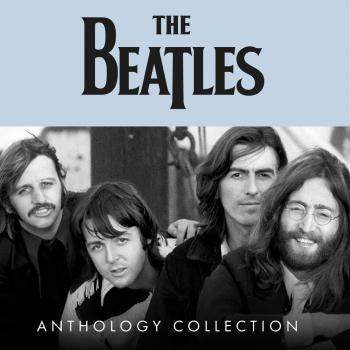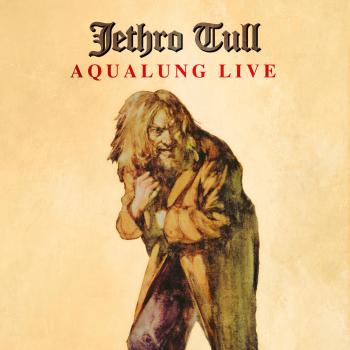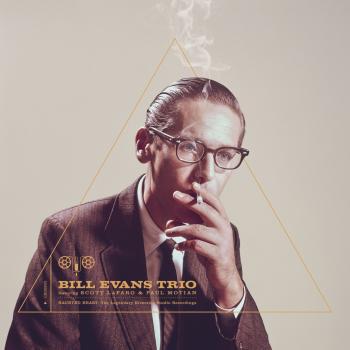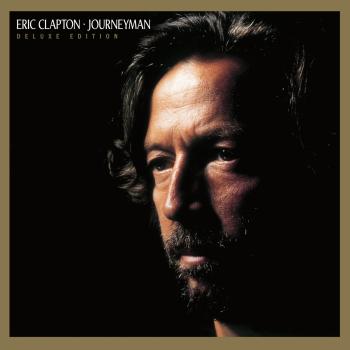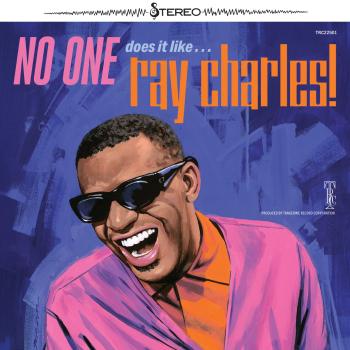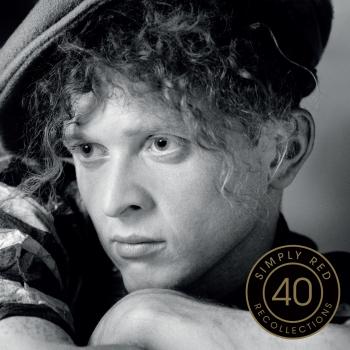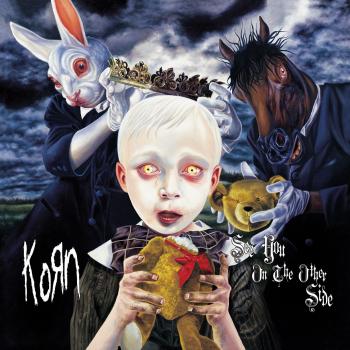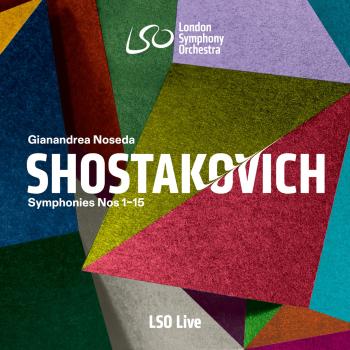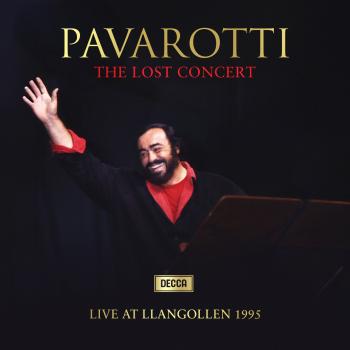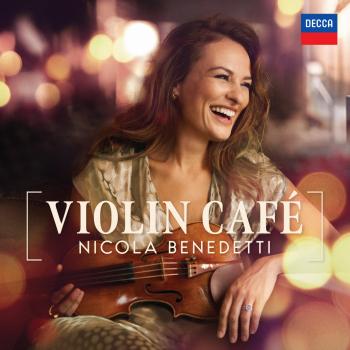
The Complete Sunshine Daydream Concert (Live - 8/27/72 Veneta, Oregon) Grateful Dead
Album info
Album-Release:
1972
HRA-Release:
08.12.2014
Album including Album cover
I`m sorry!
Dear HIGHRESAUDIO Visitor,
due to territorial constraints and also different releases dates in each country you currently can`t purchase this album. We are updating our release dates twice a week. So, please feel free to check from time-to-time, if the album is available for your country.
We suggest, that you bookmark the album and use our Short List function.
Thank you for your understanding and patience.
Yours sincerely, HIGHRESAUDIO
- 1 Intro 04:01
- 2 Promised Land 03:24
- 3 Sugaree 07:30
- 4 Me And My Uncle 03:16
- 5 Deal 04:55
- 6 Black-Throated Wind 07:01
- 7 China Cat Sunflower 07:56
- 8 I Know You Rider 07:07
- 9 Mexicali Blues 03:47
- 10 Bertha 05:59
- 11 Playing In The Band 19:57
- 12 He's Gone 09:32
- 13 Jack Straw 05:03
- 14 Bird Song 13:21
- 15 Greatest Story Ever Told 05:36
- 16 Dark Star 31:28
- 17 El Paso 04:48
- 18 Sing Me Back Home 11:07
- 19 Sugar Magnolia 08:45
- 20 Casey Jones 06:25
- 21 One More Saturday Night 05:02
Info for The Complete Sunshine Daydream Concert (Live - 8/27/72 Veneta, Oregon)
Hörte man sich in den zurückliegenden Jahrzehnten in der Grateful Dead-Fangemeinde nach dem bedeutendsten Konzert der Francisco-Band um, so brachten es die Deadheads auf den Punkt: Die beliebtesten Shows sind die vom Fillmore East (New York City, 13. Februar 1970) und Barton Hall (Ithaca, New York, 8. Mai 1977). Als das mit Abstand bedeutsamste Konzert wurde das vom 27. August 1972 in Veneta, Oregon genannt, eine Benefizveranstaltung für die langjährigen spirituellen Weggefährten (Merry Pranksters) Ken und Chuck Kesey , die mit ihrem, alternativ geführten Familien-Molkereibetrieb im kleinen Dorf Springfield, Oregon, nahe der Kleinstadt Veneta und nicht weit vom Hippie-Paradies Eugene entfernt gelegen, in eine existenzbedrohliche Situation geraten waren. Eingegangen in die Grateful Dead-Annalen ist dieses Ereignis unter vielfältiger Bezeichnung: „Veneta, the Field Trip“, „The Springfield Cream Benefit“, „The Last Acid Test“, oder schlicht „The Field Test“.
Als im August 1972 die Brüder Ken und Chuck Kesey (ersterer ist Autor des weltberühmten Romans „Einer flog über das Kuckucksnest“) die Grateful Dead um Unterstützung in Form eines Benefiz-Konzertes baten, verwundert es daher nicht, dass diese ohne zu zögern zustimmten. Zugegeben, der Zeitpunkt hätte besser nicht gewählt sein können: Die Dead hatten genau eine Woche Pause zwischen Shows in Berkeley und ihrer anstehenden großen Herbststour in Colorado. Der Deal war einfach: Die Keseys und ihre Merry Pranksters kümmerten sich um alles Organisatorische: von den obligatorischen Genehmigungen, der Werbung, den Ordnungskräften bis hin zum Bau der Bühne und der Technik. Die Dead und New Riders of the Purple Sage (als Vorgruppe) brauchten nur für den musikalischen Teil der Veranstaltung zu sorgen.
Sonntag, 27. August 1972, Tag des großen lokalen Ereignisses. Ein traumhafter Sommertag – und heiß. Bereits um die Mittagszeit wurden Temperaturen um die 40 Grad gemessen. Mittlerweile hatte es sich in der Deadheads-Gemeinde Californiens und der angrenzenden Bundesstaaten herumgesprochen, dass ihre Lieblinge auf einem Festplatz der kleinen Ortschaft Veneta in Oregon eines ihrer Freiluft-Konzerte geben würden. Ein gewaltiger Tross setzte sich spontan in Bewegung. Bei Konzertende sprach man von gut 25.000 Besuchern. Die gesamte Veranstaltung verlief derart friedlich und harmonisch, dass viele Besucher von einem kleinen Woodstock sprachen..
Grateful Dead bestritten drei Sets und jeder Song ist nahezu perfekt gespielt!! Allein „Dark Star“ zu Beginn des dritten Sets oder der Block „China Cat Sunflower“>“I Know You Rider“ sind pure Magie!! Die Musik beschert dem Hörer eine beschwingte Erfahrungsreise (manchmal unheimlich, manchmal verzückt) durch den symbolischen Geburt>Leben>Tod>Erneuerung-Zyklus: „China Cat Sunflower“>
“I Know You Rider“ (Geburt), „Playing in the Band“, „Bird Song“, „Greatest Story Ever Told“ (Leben), „Dark Star“>El Paso“, „Sing Me Back Home“ (Tod) und „Sugar Magnolia“ (Erneuerung). Die Dead hatten auf all ihren Konzerten großartige Momente. Dieser Auftritt ist jedoch die Krönung dessen, wozu sie künstlerisch in jenem Jahrzehnt imstande waren. Für die Band selbst war der Trip nach Norden ein Triumphzug und keineswegs ein zermürbender Auftritt unter den extremsten Bedingungen ihrer Laufbahn. Und es war der Geist, der zwischen Publikum, den Organisatoren und der Band herrschte, der „Veneta, the Field Trip“ als Gesamterlebnis wirklich so einzigartig macht.
„Das Konzert (...) gehört zu den ganz großen Momenten in der Live-Geschichte der Gruppe. (...) Wenn ein Live-Album das Attribut ,,Trip' verdient, dann ohne jeden Zweifel dieses.' (stereoplay)
„Von beliebten Psychedelik-Klassikern der frühen Jahre über Songs aus den Meisterwerken ,,American Beauty' und ,,Workingman's Dead' bis hin zu Country-Evergreens musizierte die Band so gelöst und bisweilen auch virtuos, als wollte sie alle Mühsal dieses pastoralen Ambientes vergessen machen.' (Rolling Stone)
Jerry Garcia, guitar, vocals
Donna Jean Godchaux, vocals
Keith Godchaux, keyboards
Bill Kreutzmann, drums
Phil Lesh, bass, vocals
Bob Weir, guitar, vocals
Recorded from August 27, 1972 at Old Renaissance Faire Grounds in Veneta, Oregon
Recorded by Bob Matthews, Betty Cantor-Jackson, Wiz, Janet Furman, Ron Wickersham
Mixing, mastering by Jeffrey Norman
Produced by Grateful Dead
Digitally remastered
From the 1960s until the 1995 death of guitarist, singer-songwriter Jerry Garcia, the Grateful Dead played roughly 2,300 long, freeform concerts that touched down on their own country-, blues and folk –tinged songs, and on a similarly wide range of cover versions. Along the way, they popularized the concept of the jam band, influencing thousands of songwriters and basement improvisers and earning themselves maybe the most loyal fans a rock band have ever had.
Nearly as famous as the band itself were its legions of "Deadheads" — predominantly white men who have lovingly preserved the era that spawned the Dead by emulating their Summer of Love predecessors' philosophy and that period's accoutrements: tie-dye clothing, hallucinogenic drugs, and the Dead's music. These fans supported the band with an almost religious fervor, following the group around the country, trading tapes of live concerts (something the band allowed as long as it wasn't for profit, providing prime spots for tapers at shows), and providing a synergy between band and audience that was unique in rock. In true psychedelic style, the Grateful Dead preferred the moment to the artifact — but to keep those moments coming, the Dead evolved into a far-flung and smoothly run corporate enterprise that, for all its hippie trimmings, drew admiring profiles in the financial and mainstream press.
Lead guitarist Jerry Garcia took up guitar at 15, spent nine months in the Army in 1959, then moved to Palo Alto, where he began his long-standing friendship with Robert Hunter, who late became the Dead's lyricist. In 1962 he bought a banjo and began playing in folk and bluegrass bands, and by 1964 he was a member of Mother McCree's Uptown Jug Champions, along with Bob Weir, Ron "Pigpen" McKernan, and longtime associates Bob Matthews (who engineered Dead albums and formed the Alembic Electronics equipment company) and John Dawson (later of New Riders of the Purple Sage).
In 1965 the band became the Warlocks: Garcia, Weir, Pigpen, Bill Kreutzmann, and Phil Lesh, a former electronic-music composer. With electric instruments, the Warlocks debuted in July 1965 and soon became the house band at Ken Kesey's Acid Tests, a series of public LSD parties and multimedia events held before the drug had been outlawed. LSD chemist Owsley Stanley bankrolled the Grateful Dead — a name from an Egyptian prayer that Garcia spotted in a dictionary — and later supervised construction of the band's massive, state-of-the-art sound system. The Dead lived communally at 710 Ashbury Street in San Francisco in 1966–67 and played numerous free concerts; by 1967's Summer of Love, they were regulars at the Avalon and Carousel ballrooms and the Fillmore West. MGM signed the band in 1966, and it made some mediocre recordings. The Dead's legitimate recording career began when Warner Bros. signed the band. While its self-titled 1967 debut album featured zippy three-minute songs, Anthem of the Sun (Number 87, 1968) and Aoxomoxoa (Number 73, 1969) featured extended suites and studio experiments that left the band $100,000 in debt to Warner Bros., mostly for studio time, by the end of the 1960s. Meanwhile, the Dead's reputation had spread, and they appeared at the Monterey Pop Festival in 1967 and Woodstock in 1969.
As the Seventies began, the Dead recouped its Warner debt with three comparatively inexpensive albums — Live/Dead (Number 64, 1969) (recorded in concert at San Francisco's Fillmore West in February and March of 1969), Workingman's Dead (Number 27, 1970), and American Beauty (Number 30, 1970). The former featured extended psychedelic explorations, such as the classic "Dark Star," while in sharp contrast the latter two found the Dead writing concise country-ish songs and working out clear-cut, well-rehearsed arrangements. Workingman's Dead (including "Uncle John's Band" [Number 69, 1970] and "Casey Jones") and American Beauty (including "Truckin'" [Number 64, 1971], "Ripple," and "Box of Rain") received considerable FM radio airplay, sold respectably, and provided much of the Dead's concert repertoire.
With a nationwide following, the Dead expanded its touring schedule and started various solo and side projects (aside from the band members' own works, many Dead members also appeared on the half-dozen-plus albums Dead lyricist Robert Hunter began releasing in 1973). The group worked its way up to a 23-ton sound system and a large traveling entourage of road crew, family, friends, and hangers-on — most of whom would later become staff employees complete with health-insurance and other benefits, as the Dead evolved into an efficient and highly profitable corporation. The Dead finished out its Warners contract with a string of live albums including 1971's Grateful Dead, a.k.a. "Skull and Roses" (Number 25), which introduced more concert staples such as "Bertha" and "Wharf Rat." In 1973 the Dead played for over half a million people in Watkins Glen, New York, on a bill with the Band and the Allman Brothers. By then the group had formed its own Grateful Dead Records and a subsidiary, Round, for non-band efforts.
Read more: http://www.rollingstone.com/music/artists/the-grateful-dead/biography
This album contains no booklet.

